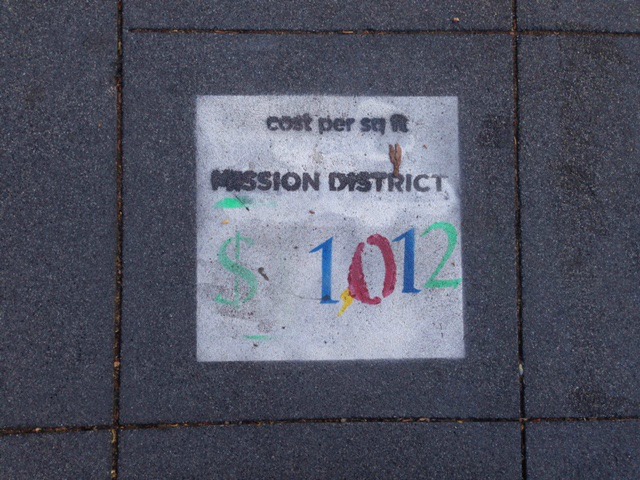Matthew Rognlie, the 26-year-old MIT graduate student, is turning heads after authoring a new Brookings paper that argues housing is the cause of the creeping rich-poor gap. Rognlie’s theory could provide an interesting framework to look at the San Francisco Bay Area’s inequality problem, as two new studies show the city has lower than average unemployment but the second most restrictive housing laws in the country.
Thomas Piketty became an international sensation and liberal hero for his blockbuster theory that wealthy investors were turning modern capitalism into an aristocracy. Automation and increasing returns to capital (machines) relative to human labor meant that technologists could gain a permanent leg up on the poor, Piketty wrote, creating dynasties of self-reinforcing investments that vacuumed income from people to owners of machines.
Matthew Rognlie has an alternative theory: The only persistent source of inequality is real estate.
His theory had merit. In California, the rich create companies with massive wealth and unprecedentedly small employee bases. Last year, Facebook paid a whopping $19 billion for messaging service Whatsapp, which had less than 50 employees. It’s no shock then why California has one of the highest rates of financial inequality in the world.
But Matthew Rognlie has an alternative theory: The only persistent source of inequality is real estate. After re-analyzing Piketty’s data, he finds that housing—as opposed to, say, automation equipment—”entirely” accounts for why capital is displacing income.

Rognlie argues that Piketty underestimated how quickly modern assets lose value. Technology, even industrial technology, becomes antiquated as fast as an iPod. This jives with Bill Gates’ criticism of Piketty as well: There are very few new dynasties among the American elite. The number of billionaires who inherited their wealth has fallen from 60 percent in 1982 to just 32 percent today.
Even companies like Hewlett-Packard and MySpace had much shorter lifespans than previous economic titans, like Union Pacific or Bell Labs. The Economist argues that Rognlie’s conclusions mean that governments should focus more on restrictive housing policy than taxes, and “policy-makers should deal with the planning regulations and NIMBYism [‘not in my backyard’] that inhibit housebuilding and which allow homeowners to capture super-normal returns on their investments.”
Less than 14 percent of new homes in San Francisco are affordable to a family with the median income.
This is a novel way of interpreting the California problem. In the heart of Silicon Valley, San Francisco’s chief economist, Ted Egan, once explained to me that the tech industry helped increase wages and make longtime residents resistant to the recession. Wages increased two percent faster than inflation (2.6 percent vs. 4.5 percent between 2010 and 2012) and the city enjoyed the third lowest unemployment in the state.
But the tech boom is pushing out longtime residents who can’t afford the city’s sky-high rent. Less than 14 percent of new homes in San Francisco are affordable to a family with the median income.

But it’s NIMBYist policies that are to blame for rent prices. Local residents fear the “Manhattanization” of San Francisco and place aggressively restrictive height regulations on new buildings. Developers must go through years of red tape to even build a small condominium. Real estate finder Zillow finds that San Francisco approves just 193 units for every 1,000 new residents, making it one of the most restrictive development zones in the country.
So, there’s a flood of new techies and entrepreneurs who want to live in the city, but new housing fails 80 percent of them. The city plans on building up to 50,000 more units. But Egan estimated that at least 100,000 new units are needed to just stabilize price hikes. Many more units will be needed to make the city once again affordable.
If Rognlie is right, then inequality is a problem, but taxes and redistribution alone won’t fix it.




